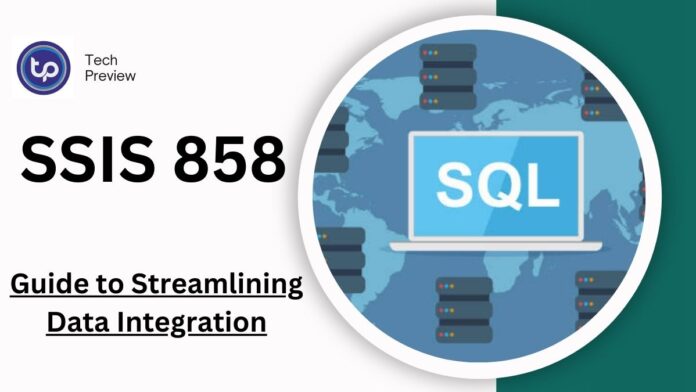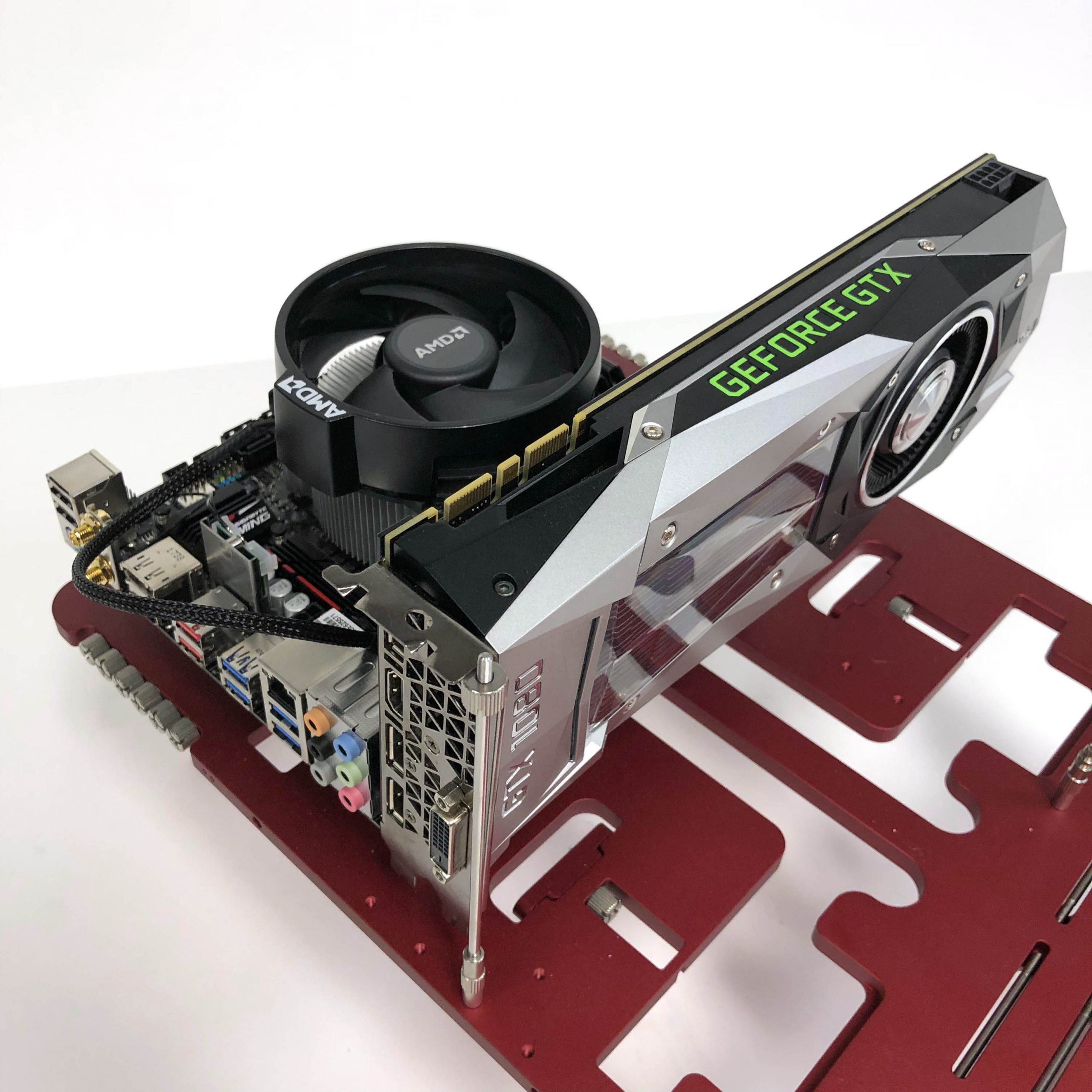Data integration is the cornerstone of successful enterprise operations in today’s data-driven world. SQL Server Integration Services (SSIS) 858, developed by Microsoft, is a robust and feature-rich ETL (Extract, Transform, Load) tool that simplifies the data integration process.
With its enhanced performance, security, and support for modern data platforms, SSIS 858 helps organizations of all sizes streamline business processes and make timely, informed decisions.
What is SSIS 858?
SSIS 858 is a specialized tool designed to facilitate data integration and workflow automation. It allows users to extract data from multiple sources, transform it based on specific business rules, and load it into a target system efficiently.
Whether you’re managing large-scale data warehouses or processing real-time data, SSIS 858 offers a scalable and user-friendly platform.
Key Features of SSIS 858
| Feature | Description |
|---|---|
| Intuitive User Interface | Simplifies the creation of complex workflows through drag-and-drop functionality. |
| Enhanced Performance | Optimized for parallel processing, allowing faster data transfer and transformation. |
| Cloud Integration | Seamlessly integrates with cloud services like Azure, making it a modern solution for hybrid environments. |
| Security Features | Provides encryption and advanced access controls to safeguard sensitive data during the integration process. |
| Scalability | Easily handles large data volumes, suitable for small businesses and large enterprises alike. |
Why SSIS 858 is Crucial for Data Integration
SSIS plays a pivotal role in enterprise data environments by enabling seamless data integration across disparate systems. As organizations face growing data challenges, the need for an efficient ETL tool like SSIS 858 becomes more evident. With SSIS 858, companies can:
- Improve Data Quality: By automating the ETL process, SSIS reduces the risk of errors associated with manual data handling.
- Enhance Business Agility: SSIS 858 supports real-time data integration, allowing organizations to respond swiftly to market changes.
- Boost Operational Efficiency: Businesses can focus on higher-level strategic initiatives by automating repetitive data tasks.
MUST READ: SSIS 469: Comprehensive Guide to Enhancing Data Integration Efficiency
How to Get Started with SSIS 858
Installation and Setup
Installing SSIS 858 is straightforward. Download it from the official Microsoft website and follow the installation wizard. Once installed, you can configure the platform by setting up connection managers to link to various data sources and destinations.
Building Data Workflows
With SSIS 858’s visual interface, creating data flows is simple. Users can drag and drop components such as sources, transformations, and destinations onto the design surface to define the data flow.
From data cleansing to conditional transformations, SSIS 858 supports various data manipulation tasks.
Use Cases for SSIS 858
SSIS 858 is used across industries to solve various data-related challenges. Some key applications include:
- Data Warehousing: SSIS 858 is essential in data warehousing projects, enabling large-scale extraction, transformation, and loading of data into centralized repositories.
- ETL Automation: SSIS automates complex ETL workflows, improving overall data accuracy and reducing manual intervention.
- Real-time Data Processing: The real-time data integration feature is critical for businesses that need to process and analyze data as it is generated, facilitating faster decision-making.
Overcoming Challenges with SSIS 858
Despite its many benefits, organizations may face a few challenges when adopting SSIS 858. Some of these include:
- Compatibility Issues: Integrating SSIS 858 with legacy systems may require additional configuration or compatibility testing.
- Training Requirements: Data professionals may need specialized training to fully leverage SSIS 858’s advanced features.
- Migration Concerns: Businesses upgrading from older versions of SSIS or migrating from other ETL tools must carefully plan the transition, ensuring that no data or workflows are disrupted.
Future Trends in SSIS 858 Development
The future of SSIS 858 is promising, with several emerging trends likely to shape its development:
- Cloud and Hybrid Integration: As more businesses move to cloud-based platforms, SSIS 858’s integration with services like Microsoft Azure will continue to evolve, making it a key player in hybrid cloud environments.
- AI and Machine Learning: Expect tighter integration with AI and ML technologies, enabling automated data pattern recognition and workflow optimization.
- Continuous Performance Enhancements: Microsoft is continually refining SSIS to ensure it meets the growing demands of modern enterprises, improving both speed and security.
Conclusion
SSIS 858 is a powerful tool for businesses looking to streamline their data integration processes. With its robust feature set, performance improvements, and enhanced security measures, SSIS 858 empowers organizations to unlock the full potential of their data.
Whether you’re managing large-scale data warehouses or integrating real-time data, SSIS 858 provides the tools needed to stay competitive in a data-driven world.









